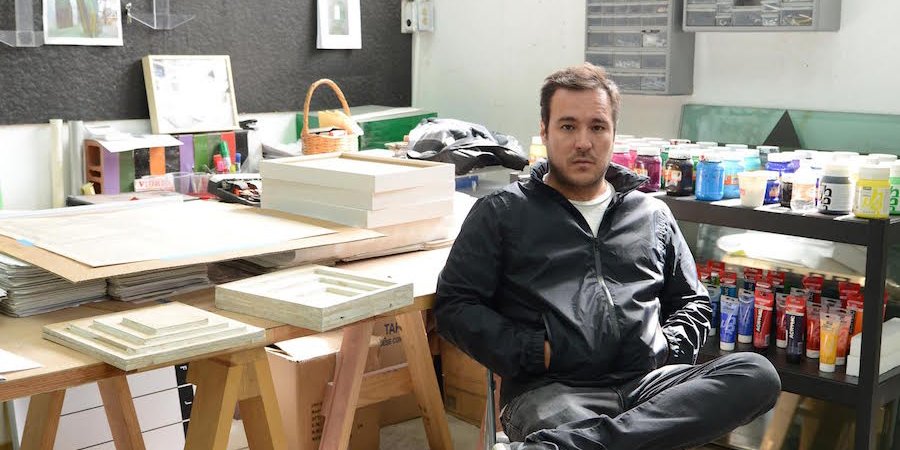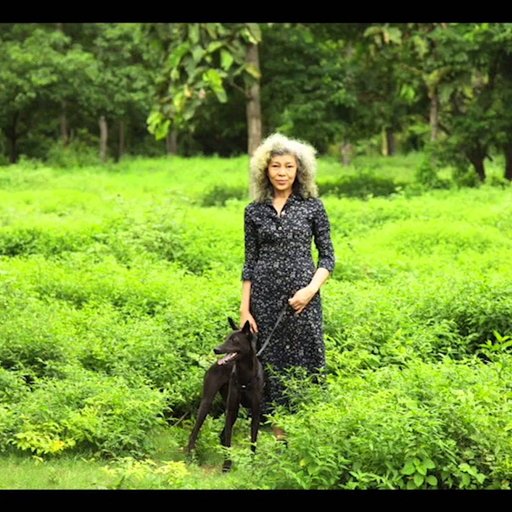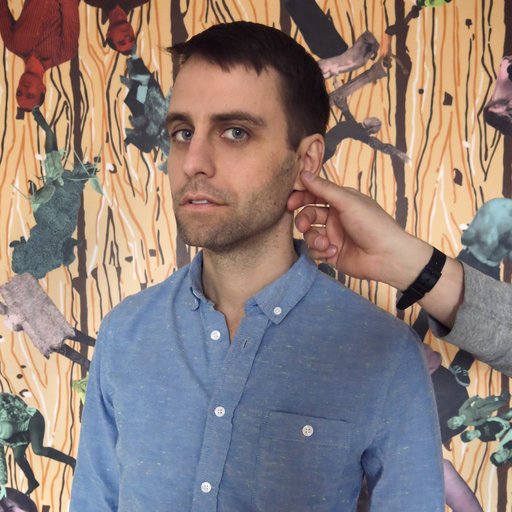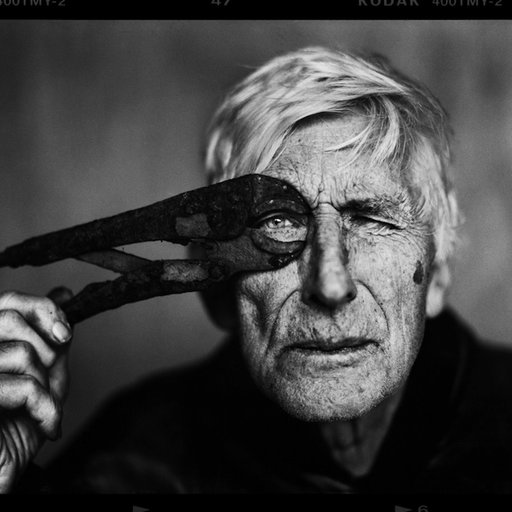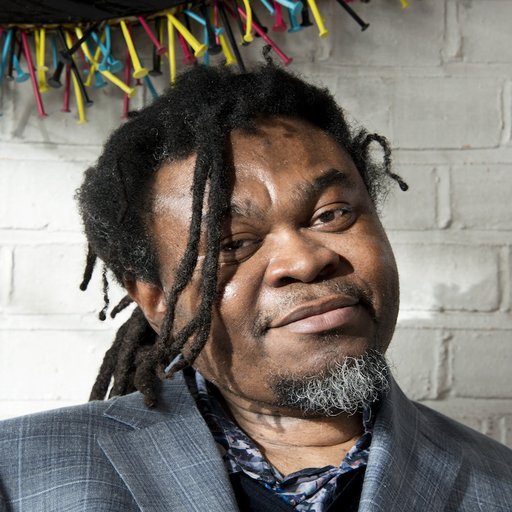The Mexican artist Jose Dávila uses simple materials to explore profound themes, building architecturally inspired sculptures and creating absorbing photographic interventions. The Guadalajara-based artist's work has gained international acclaim, and his guessing-game photographic pieces in particular have gone viral. Last December he won the ArtNexus Latin America Art Award, and earlier this year he was picked up by Sean Kelly Gallery. He is now at work with Los Angeles Nomadic Division on a provocative, ambitiously scaled project for the 2017 edition of Pacific Standard Time.
This week, during Mexico City’s Zona Maco art fair, Artspace and LAND have debuted an exclusive new edition with Dávila that functions as a summa of many of the themes enlivening his work. To mark the occasion, Artspace editor-in-chief Andrew M. Goldstein spoke to the artist about his work, his preoccupation with Josef Albers, and his complex perspective on the state of art in Mexico today.
You’re renowned today as an artist, but you started your career as an architect. How did you transition from one field to the other?
My original intention was to study art, but I couldn’t afford to go to university outside of Guadalajara and the school there wasn’t really what I was looking for—it was very old-fashioned, and not in a good way. But I also visited some architecture schools, and I found the idea of working with clay, light, model-making, material test labs, et cetera to be very appealing. So I went into architecture school, but I always had an interest in art, and during my summer breaks I started taking sculpture and photography classes at the Institute of Fine Arts in San Miguel de Allende, a little colonial town about two hours from Guadalajara.
At the time, in 1994, I also had a darkroom where I was living, so I was already very active in photography. My very first exhibition was in the foyer of the university cinema in Guadalajara in 1996, showing a few black-and-white photographs. Almost immediately after, I formed a collective with a group of fellow students where we made one-day happenings for exhibitions in very particular architectural contexts, doing art projects that highlighted the essence of the place where we were intervening. It was called Incidental.
Did you see the photography as being related to your architectural studies, or did you see them as different pursuits?
I saw it as completely related, because I was also using photography in my architectural composition process. I would photograph certain models that I was making and then use those photographs to create the plans for my student projects.
To this day much of your work seems to incorporate both the functional aspects of architecture and also its non-functional, purely aesthetic aspects. For instance, your sculptures employ the same types of materials you would see in a construction project and call upon the same considerations of architectonics and counter-balance, but they’re clearly useless as architecture.
Yes, I think those were very formative years. I was mixing the different aspects of the functional and the not-functional, using the materials of construction, the idea of making, and being careful about the history of things.
What would you say was your first sculptural project?
I was in a group show in 1999 at the Museo de Las Artes of the University of Guadalajara where I used ceramic casts to mass-produce 200 small identical buildings, which mimicked government housing at the time, to create a sort of square in the ground all over the museum. It was both an abstract composition and a kind of architectural model criticizing government housing.
Today you’re well known for your gravity-based sculptures of glass and stone, or thin slices of marble and stone, held together by ratchet straps. These pieces are enlivened by this duet of delicate and very hard materials and by the idea of precarious balance. How do you generate these tensions in your work?
I’ve always been interested in using raw, untouched materials rather than transforming a material’s shape or form. I’m more interested in creating an interplay between elements as they are. Therefore, for example, the glass planes are as they are. The marble slabs are just as you can find them at marble suppliers. The tie-downs are just commercial objects. So there’s no modification of any of the elements, but the play between them comes back to the universal struggle of humanity against gravity— that’s been a continuing preoccupation with me.
I remember, since we were talking about my university years, that I used to take a class called “Practical Structures,” which was kind of like an engineering class but without any mathematics. It was all empirical work about how materials reacted to certain forces, and you would have to put them to different tests. I loved that class, and I think that these works owe a lot to that kind of thinking, of working with gravity and tension without any engineering calculations. With my work, I don’t do any calculations in a theoretical or mathematical way—I do them all practically.
Your works acknowledge the legacy of Latin American concrete art—particularly artists like Helio Oiticica—as well as western artists like Josef Albers and Richard Serra. Can you talk about how you employ these references?
I didn’t go to art school, so I was really self-taught in the sense of art history. I’m an artist but I’m also obviously an art lover, and since Guadalajara is not an art capital in the sense of Paris or New York or London or L.A. or Mexico City, even, the way I got to know about art was through books. And the result of consulting all these books to learn art history was a natural contamination, if you will.
Josef Albers is a particularly important touchstone for you, since you’ve done tributes to his famous Homage to the Square series in all manner of formats—from wall pieces to Calder-esque mobiles to swimming pools of concentric squares of different colors. What is your relationship to Albers, whose approach was so painterly and principally concerned with color theory?
The very first piece I made about Albers was a wooden shelf that held four different-sized glass planes that were all in the proportion of an Albers painting, leaning against a monochrome backdrop. I did that because I was trying to make a comment on the fact that color is the result of light and cannot exist without light. The glass planes modify the light as it passes through them, giving you different shades of the same color in the same perspective of an Albers painting. While I was doing that, I realized that another thing I really liked about Albers was the way he introduced seriality, changing the shade of the colors from piece to piece.
What about the ceramic pieces in your Homages to the Square series, such as the new edition you recently made with LAND and Artspace?
At the time I was also working with ceramics in the very traditional Mexican way, and I realized how important Albers’s time working with applied arts at the Bauhaus was to his art. I became interested in working in this applied-arts style in the ceramics factory, putting the same ideas of decoration and hand into an artwork. With ceramics you don’t get a perfect square, and I asked for them to be cut by hand—rather than with an angle or ruler—to give them the imperfection of the handcrafted.
I like to work with the multiple format because it has that aspect of seriality that I was talking about. I also like to draw connections between different artists, sometimes connections that go beyond what I can rationally explain but arise from personal admiration for the artists and the fact that I find junction points between them. I used gold-leaf monochrome in this edition because I relate that technique to the work of a German artist named Mathias Goertiz who came to Mexico to teach, first in Guadalajara and then Mexico City. He was very interested in Josef Albers—they were all from the same historical period, and I guess they each in their own way were working with color and mysticism. The artist was famous for using gold-leaf monochrome, so I wanted to make this junction between these two figures.
What are some other examples of connections between artists in your work?
Once I did two different paintings, one of them in the personal color chart of Albers and the other one in the personal color chart of Donald Judd. I thought Judd and Albers have a lot in common, since Judd profited from the works that Albers had done with serialization, and then I discovered that Albers’s color chart was from 1948 while the Judd chart was from 1984—a perfectly arithmetic doubling of the kind that was important to Judd, who always worked in the same proportion of 1:2 or 1:1.
Another body of your work that has become very well known is your cut-outs, where you take photographs of architectural landmarks or notable artworks—like Richard Prince’s cowboys—and excise the central images, leaving only their contexts. I’ve read that this series began in 2003 when you took a copy of the O.M.A. book Small, Medium, Large, Extra-Large and cut out pictures from there. Can you talk about the origin of that work, and how it has evolved over time?
I purposely work with well-known images, to dwell on that existing relationship that these images have with people already. By subtracting the main subject I intend to compel the viewer to perform a creative act, because they have to somehow fill in that central image from their memory and imagination. And even if it’s an image you’ve seen many times, whatever you might recall might not be the same thing that I recall.
This interest may have begun in architecture school, where we sometimes were asked to cut out an image of a building and place it in a new setting, destroying the original context. I realized that the surroundings themselves and the missing building were very appealing to me, because it forced people to think about what was no longer there. In fact, I also remember once visiting Rome and being struck by the site of the Circus Maximus, of which not even a single stone remains, only a slight impression of the racetrack upon the ground. I remember seeing tourists walking around and taking pictures of themselves, but with nothing! I thought, “That’s really using your imagination.”
In these referential series, your work plays into a great tradition in Mexican modern art, and also Latin American modern art in general, where ideas that came out of the European canon were absorbed and reconfigured. Looking around the Mexican art scene today, in the era of globalization, do you find this kind of exchange to still be dynamic, widespread, and relevant?
That’s a difficult question, but an interesting one because I think the scene of contemporary art in Mexico has changed a lot in the last 10 or 15 years. I remember that when I was younger and first starting out there weren’t really any contemporary artists at the time, or there were contemporary artists but the artistic languages they were using were were not contemporary, instead based on more traditional art from the 1920s or even the 19th century. Younger artists like me couldn’t find an artist to work for as an assistant or anything, so we had to form our own projects, like one-day projects or artist-run spaces. We had to develop the scene ourselves. I’m talking about Guadalajara but that’s something that happened in Mexico City as well.
I’m not saying that artist-run spaces don’t exist anymore—I know there are some in Mexico City—but I think it’s shifted into to a more professionalized scene and also a more market-oriented, museum-show-oriented, international-exposure-oriented scene than it was before. I guess it sounds cliché, but you can see the globalization process playing out in the Mexican art scene. Obviously it has some Mexican aspects to it, as every kind of art will have in this place, but I think we are in a certain process of internationalization. So I see younger generations of artists in Mexico who find it quite difficult to know where they are from, since it seems very much like any other art scene, like Berlin or L.A. or New York. I’m not saying it’s negative, I’m just saying that’s what I see. Perhaps it’s positive, I don’t know.
How do you use your own artist-run project space Oficina para Proyectos de Arte, which is located on the 23rd story of a skyscraper in Guadalajara, to nurture artists in this context?
Well, that’s an artist space I formed with another two fellow artist friends in 2002 because for a long time there wasn’t a single space in Guadalajara that would show really contemporary art. At some point other spaces opened, so I’m not saying we were the only one, but at the time we opened it there was really nothing around, so we thought we should do something, and it started to grow beyond our expectations. We were always most interested in this particular project in inviting international artists to be able to come and produce work here, rather than having to deal with shipping and insurance and all these things in order to put on a show. We gave them complete freedom to do whatever, obviously, in a more risky way than a museum would, because we wanted to give young people here a way to see art in the flesh, not in a book or as an image on the Internet. I think seeing something in person transmits to you a certain energy, a certain veracity and weight, that you can only see through the physicalness of a sculpture, for example, and which a photo can’t communicate.
It’s interesting that you were talking about your ambivalence towards the globalization of the Mexican art scene, since it sounds like you actively sought to help import these global ideas.
I’m not at all advocating nationalism. We brought a lot of international art into Guadalajara, which had to have had an effect, and I think it did, but we have to be careful with nationalist stereotyping of what it takes to be a Mexican artist or a Japanese artist. These days it’s difficult to say something is German art or British art or American art in the same way you used to be able to, but it’s still easy to say that something is Brazilian art or Japanese art. So we were interested in showing these different artistic languages that could help develop ideas that were not rooted in nationalization. That was why when I was talking about the shift in the Mexican art scene, I wasn’t saying that that it’s necessarily bad. I hope that it can create an art that is universal. That would be perfect, I guess.
Speaking of international dialogue, you have a major project in the works for the next edition of Pacific Standard Time, which is coming up in the fall of 2017. Could you talk a bit about that?
The next edition of Pacific Standard Time is titled “LA/LA” and it will focus on the relationship between Latin America and Los Angeles. My project in particular has to do with the very strong relationship between Mexico, as a continent and a culture, and L.A., given that at one point it actually used to be part of Mexico, and that it holds the second-largest population of Mexican people in the world outside of Mexico. I think for the curators it was interesting to do something with someone from Guadalajara, because Guadalajara has a very direct relation with L.A. even more than Mexico City. Guadalajara is geographically in the Pacific, so it’s closer and the weather is very similar. Guadalajara is also kind of an urban sprawl. It may be a bit of a wild comparison, but I would say that Mexico City is more like the New York of Mexico and Guadalajara is more the L.A. of Mexico.
What I’m planning is an urban sculpture that will spread out in different pieces throughout very specific areas of L.A. The process will be documented photographically, with pictures taken of what happens to every piece over the course of a year, because I’m trying to make the sculpture a kind of urban sociological cultural study of the many different aspects of culture included in L.A. and the different communities within. This will all come together again after a year, when I present an extensive display of these photographs. I’m very excited about this. I’m looking forward to seeing what the results are.











